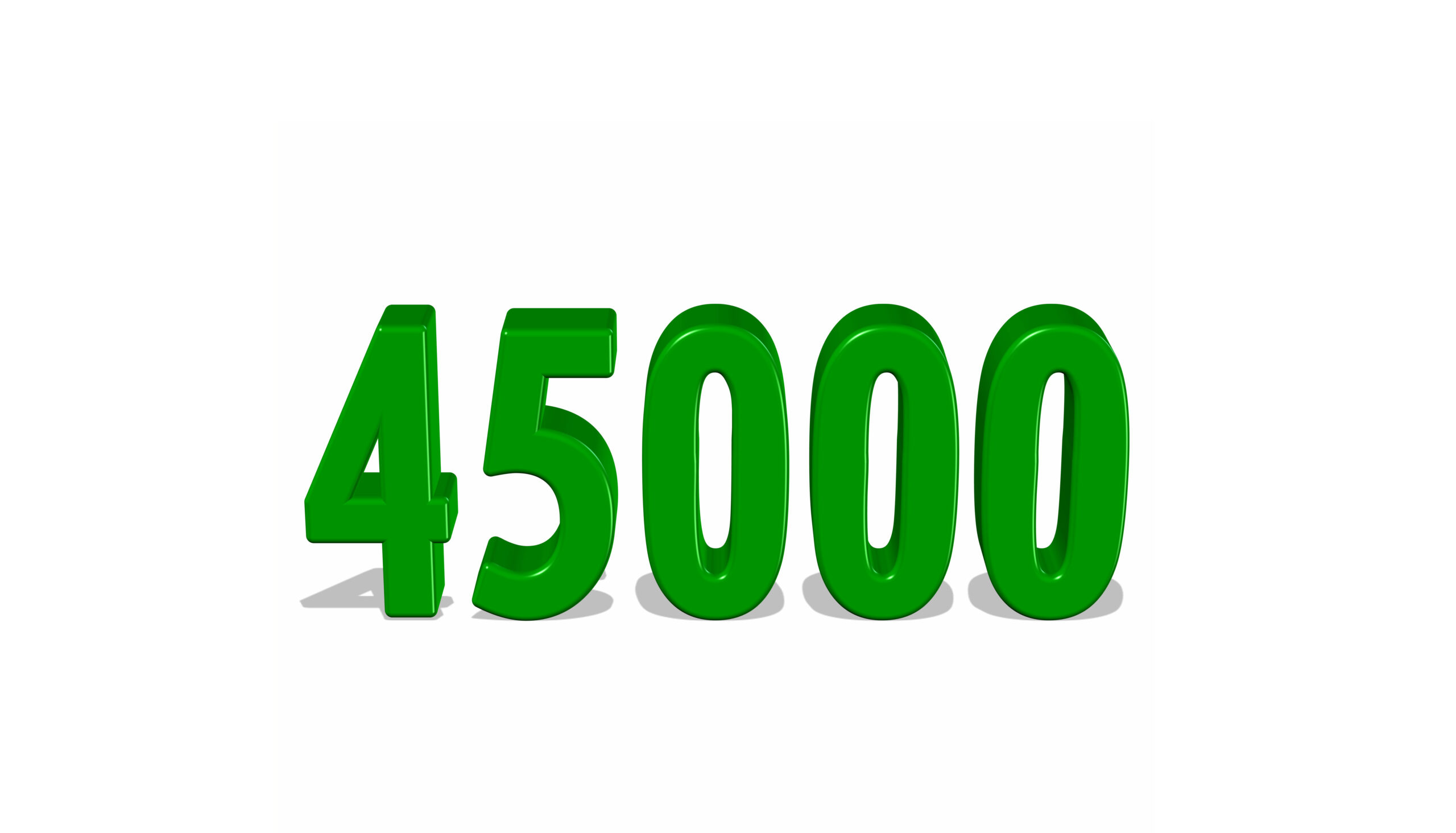In 2024, sustainable finance reached new heights, driven by the leadership of Indigenous peoples, governments, local communities, and global partners. With support from Enduring Earth, three landmark Project Finance for Permanence (PFP) agreements were launched, establishing a bold precedent for innovative solutions that conserve nature and support human well-being. Anchored in our core values—trust, sustainable impact, collective engagement, and shared responsibility—these milestones illustrate the transformative impact of partnership in tackling the planet’s most urgent challenges.
Prior to Enduring Earth’s launch in 2022, our founding partners worked with five countries to conserve 87 million hectares of lands, oceans, and freshwater through the PFP model. Building on this legacy, we have, in just two years, worked with local leaders to advance four additional PFP agreements—Herencia Colombia, Eternal Mongolia, Great Bear Sea, and NWT: Our Land for the Future. Together, these agreements secure durable funding for the long-term protection of an additional 127 million hectares while fostering community-driven development.
Today, Enduring Earth works with over 100 partners on 14 PFP projects across 12 countries. Collectively, these initiatives aim to safeguard more than 390 million hectares of ocean, land, and freshwater—an area larger than India. Each project is co-designed with governments, Indigenous peoples, and local communities, advancing a shared vision of a future where thriving ecosystems support resilient communities and human well-being.
The success of PFP initiatives in 2024 is a testament to the impact of partnership. By combining financial resources, technical expertise, and local leadership, we are conserving critical ecosystems while engaging resilient, thriving communities. Here’s a look at PFPs in 2024, by the numbers:

127 million hectares of lands and waters durably conserved by the PFP model.

39 Indigenous Governments and First Nations led development of 2 PFPs in Canada

Potential for 3,600 new jobs through the PFP implementation in Canada and Mongolia

Advance the global goal to protect 30% of lands and waters by 2030.

$698 million of sustainable financing secured for PFP implementation

Direct and indirect benefits to 45,000 households from PFPs in Canada and Colombia

Dallas Smith, president of Na̲nwak̲olas Council, shared insights from the Great Bear Rainforest PFP during the inaugral annual gathering.
This year, we focused on community building and knowledge sharing to strengthen collaboration with stewards interested in conservation finance, and engage across our global network. Virtual townhalls and an in-person Annual Meeting with over 70 participants led to the creation of new Communities of Practice and working groups on monitoring, evaluation, learning.
Our four existing Communities of Practice—on sustainable finance, tourism, Conservation Trust Funds, and financial planning—continued to drive innovation and cohesion. We prepared PFP Principles & Standards for 2025 and a dashboard to track PFPs, alongside targeted learning sessions, engaging 40+ participants each.
These efforts underscore our commitment to a well-connected, informed network driving sustainable, large-scale change.
In 2024, we engaged partners and amplified our shared impact through global platforms, driving inclusive biodiversity action and sustainable finance. At COP16 in Colombia, key highlights included the Women in Conservation Finance Breakfast, fostering a network of 45 women from more than 20 organizations, and the Sustainable Finance Breakfast, engaging 150 participants, including Indigenous leaders and donors, to showcase the transformative PFP model.
We also advanced conservation finance at Our Ocean Conference, UN General Assembly, and RedLAC Congress, hosting workshops and strengthening ties across regions. Notably, we joined the CAFÉ meeting in Namibia and formalized partnerships with Fondo Mexicano and RedLAC for 2025 collaboration. These engagements reflect our commitment to global partnerships and innovative conservation solutions.

Rigoberto Torres, representative of the Arhuaco people, Santa Marta, Colombia speaks to PFP implementation at the UN Biodiversity COP16 Sustainable Finance Breakfast.
As we close the chapter on 2024, we reflect on the incredible milestones reached through collaboration and shared commitment. The closure of three transformative PFP initiatives, strengthened engagement on global platforms, and deepened networks and a growing PFP community were made possible by the collective efforts and leadership of our partners—Indigenous peoples, local communities, governments, donors, and technical experts. These achievements remind us that conservation at scale can only happen when diverse perspectives and expertise come together in partnership.
Looking ahead to 2025, we remain inspired by the shared vision of a sustainable future where thriving ecosystems support resilient communities. With the foundation laid this year—including a plan for our next phase of work, new partnerships, and expanded knowledge-sharing frameworks—we are prepared to deepen our impact and expand our reach. Together, we will continue to align conservation and development, fostering a world where nature and people flourish side by side.
Through the leadership of Indigenous peoples, governments, local partners, and funders, we are advancing the Project Finance for Permanence initiative to conserve 127 million hectares of land, ocean, and freshwater while fostering sustainable economies. Their vision and dedication are igniting a global movement for enduring conservation, by engaging and empowering communities, enhancing stewardship, and conserving nature for generations to come.
Enduring Earth works with over 100 partners on 14 PFP projects across 12 countries. Projects are collaboratively designed, locally-led, nationally supported, sustainably funded, and highly accountable, with the goal to halt nature’s decline and support robust conservation and community outcomes at a global scale.

10 PFP projects in planning phase in Brazil, Belize, Bolivia, Eastern Tropical Pacific, Kenya, Gabon, Namibia, Panama, and Canada
4 PFP projects in implementation, established and led by government, communities, Indigenous peoples, First Nations, partners
5 PFP projects launched prior to Enduring Earth partnership
“Perdurando Juntos: Un mundo en Equilibrio”
Original painting by Juan Pablo Bonilla, Executive Administrative Assistant, Enduring Earth

